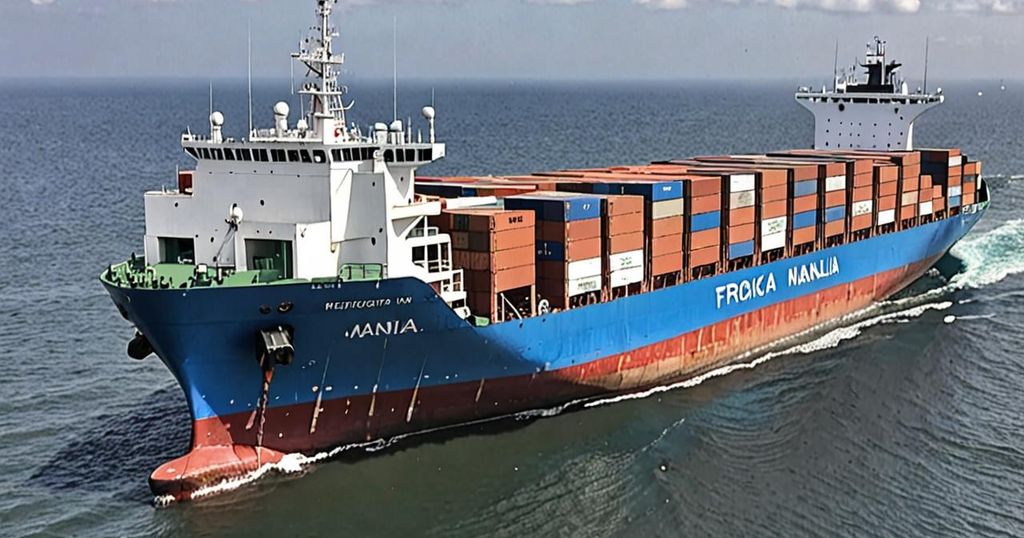The Philippines’ utilization of Canadian technology to monitor Chinese vessels in the South China Sea has generated interest in Ottawa’s role in the ongoing maritime conflicts in the area. Following the signing of a memorandum of understanding between Manila and Ottawa, the implementation of the satellite system has greatly bolstered the Philippines’ capability to observe China’s activities in the region. This action is deemed critical in safeguarding the Philippines’ maritime sovereignty, particularly as adversarial vessels are intentionally disabling their location-transmitting devices.
As stated by Philippine coastguard spokesman Commodore Jay Tarriela, the tracking system effectively tracked the movements of a large Chinese coastguard ship in the vicinity of the South China Sea. This vessel, commonly referred to as “The Monster,” ventured perilously close to El Nido in Palawan, and subsequently encroached upon the territorial waters of Philippine-occupied features, infringing upon the country’s sovereignty. Furthermore, it was observed that the Chinese ship entered the exclusive economic zones of Malaysia and Brunei before returning to Hainan, China.
Canada’s backing of the Philippines in its maritime dispute with China is considered a pivotal development in Southeast Asia. In 2016, the Permanent Court of Arbitration ruled in favor of the Philippines, declaring that Beijing’s claims in the South China Sea lacked legal basis. Canada supported this ruling and has since reiterated its commitment to supporting the Philippines in upholding international law in the region.
Several analysts have underscored that China may perceive Canada’s involvement in the region as a form of antagonism. Abdul Rahman Yaacob, a research fellow at the Lowy Institute, noted that China is uneasy when external powers provide aid to Southeast Asian nations in their territorial disputes. Similarly, Raymond Powell, a security analyst, emphasized that providing dark vessel detection to the Philippines aligns with Canada’s interests in promoting a rules-based order in the Indo-Pacific region.
Additionally, the use of Canadian technology by the Philippines may prompt China to deploy newer countermeasures to evade detection. Given Canada’s strong economic ties with Southeast Asian and East Asian countries, its commitment to ensuring peace and stability in the Indo-Pacific region remains a key priority.
It is noteworthy that in November 2022, Canada announced its Indo-Pacific Strategy, which outlines its dedication to upholding the law of the sea, investing in military operations, participating in training exercises, and intelligence sharing with regional states in the South China Sea and Taiwan. This initiative underscores Canada’s active involvement in contributing to the security and resilience of the Indo-Pacific region.
In conclusion, Canada’s support for the Philippines in its maritime disputes with China reflects significant Canadian interests in the Indo-Pacific region. As geopolitical dynamics continue to evolve, Canada’s role as a contributor to security and stability in the Indo-Pacific is becoming increasingly prominent. This enduring partnership illustrates Canada’s commitment to upholding the rules-based order and ensuring peace and prosperity in the region.

Leave a Reply